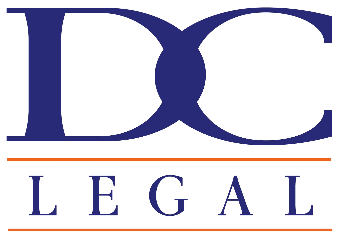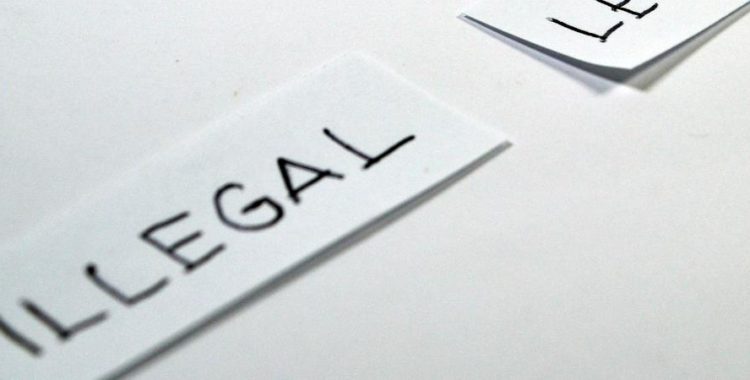Part IV: Tips for Licensed Professionals Operating Business Entities
In the final post of our four-part blog series, we discuss the legal consequences of forming the wrong entity for your business operations. In case you missed any of our previous blog posts, you can access them here.
The Possible Consequences of Operating as an Incorrect Business Entity: Illegal Agreements and Unenforceable Contracts
As mentioned in our earlier blog post (see Part I), because Washington’s prohibition against the corporate practice of learned professions is a creation of common law, many professionals mistakenly form the incorrect entity when starting their business. A group of doctors, for example, would be violating this corporate prohibition by operating a standard corporation, as opposed to a professional service corporation.
What are the consequences of operating the incorrect form of entity, and what can be done to correct this problem?
The question for professionals therefore becomes, what are the consequences of operating the incorrect form of entity, and what can be done to correct this problem?
Because the prohibition of the corporate practice of learned professions comes from case law, exploring the consequences of violating this prohibition requires a look at the relevant court cases on the topic. The leading case on this issue is Morelli v. Ehsan, in which a general partner sued the other general partner for a distribution of assets according to a partnership agreement. See Morelli v. Ehsan, 110 Wn.2d 555, 756 P.2d 129 (1988).
The complicating factor in the Morelli case was that the general partnership was engaged in the practice of dentistry, a learned profession. Not only was the business entity not formed as a proper professional service entity, but the general partner that initiated the lawsuit was a layperson, and not a permissible shareholder under the Professional Service Corporation Act. The Washington Supreme Court ultimately held that, since the Professional Service Corporation Act prohibits laypersons from being shareholders in a corporation engaged in a learned profession, the partnership was illegal, and the court would not enforce the partnership agreement.
In 2001, in a similar fact pattern, the Washington Court of Appeals prevented a chiropractic office from enforcing the terms of a $250,000 promissory note. Like the petitioner in Morelli, the chiropractic office was incorporated as the incorrect entity: a standard corporation rather than a professional service corporation. See American Chiropractic Clinic, Inc. v. Saunders, 107 Wn. App. 1002, 2001 WL 783756 (2001).
The court reasoned that, as a standard for-profit corporation, the defendant corporation’s ownership of a chiropractic clinic was an illegal arrangement, and the promissory note was therefore an illegal and unenforceable agreement. The American Chiropractic Clinic case is a more recent affirmation of the Morelli rule: if a business entity is engaged in a learned profession, it will be held to the relevant standards applicable to learned professionals. More importantly, any violation of the applicable standards seems likely to lead a court to declare the entity illegal, and the entity’s contracts unenforceable.
No case was found that specifically addressed the situation where a business entity performing professional services was incorrectly formed, yet nonetheless not in violation of the major provisions of the Professional Service Corporation Act (such as if an entity were operating as a traditional corporation, but nonetheless was in conformance with PSCA requirements regarding operations and shareholders). While it is possible that a court addressing this situation could spare the incorrectly formed entity the harsh results from the Morelli and American Chiropractic Clinic cases, the risk is not worth the reward.
Conclusion
If an entity is engaged in a learned profession and has not formed the correct entity, the business owners would be wise to engage in the process of correcting the entity designation. The process for converting to the appropriate business entity is often a simple one. The reformation process for an LLC that should be a PLLC, for example, involves submitting a name change form to the Secretary of State’s office, redrafting the entity’s operating agreement, and taking any other steps necessary to make sure that the entity is in conformance with the law regarding PLLCs.
Have questions regarding entity formation? Contact one of our Kirkland business law attorneys.







